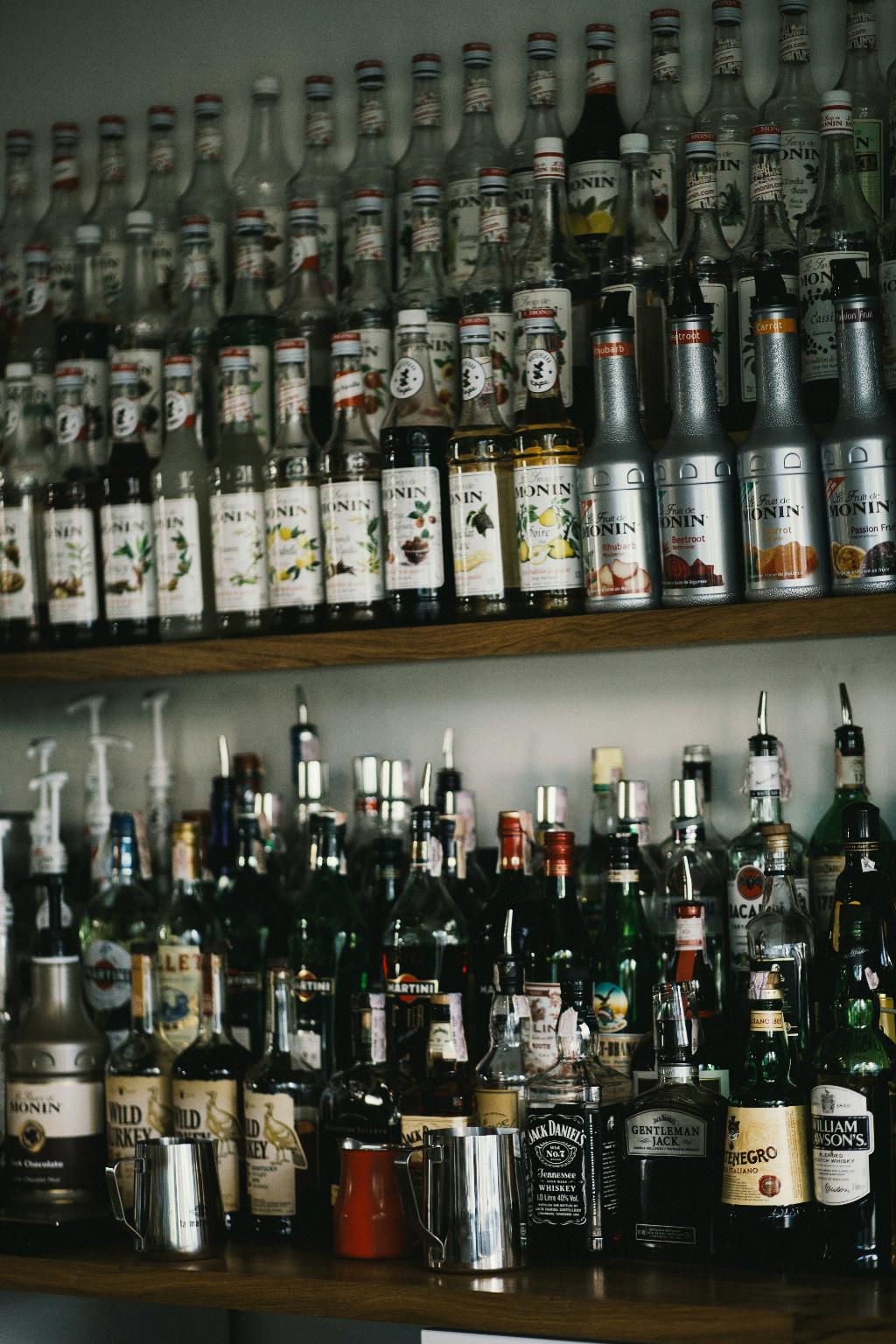When it comes to the alcohol content of whiskey, the prevailing notion is that all whiskeys are required to have a minimum alcohol content of 40%. While this is indeed the legal standard in many countries, it’s important to note that not all whiskeys strictly adhere to this percentage. In fact, there is some variation in the alcohol content found in different types of whiskeys.
The Minimum Alcohol Content Requirement
According to the law, for a spirit to be legally labeled as whiskey, it must have a minimum alcohol content of 40%. This requirement serves as a standard guideline to ensure consistency and quality across the industry. Whiskey that falls below this threshold cannot be classified as such, and it would be misleading to market it under that name.
Whiskeys with Higher Alcohol Content
While the 40% minimum serves as a baseline, it’s important to note that many whiskeys out there exceed this requirement. In fact, some distilleries produce whiskeys with a higher alcohol content, typically ranging from 43% to 50%. These higher-proof whiskeys often offer a more intense flavor profile and are sometimes favored by whiskey enthusiasts seeking a bolder drinking experience.
The Purpose of Higher Alcohol Content
Why do some whiskey makers choose to produce spirits with an alcohol content above the minimum requirement? One reason is that higher-proof whiskeys can showcase and preserve more of the complex flavors and aromas that develop during the aging process. Additionally, the higher alcohol content can contribute to a longer finish and a stronger presence on the palate, providing a more robust sensory experience.
Cask Strength Whiskeys
There is a special category of whiskey known as cask strength whiskey. These unique expressions are bottled straight from the cask without any dilution or adjustment to the alcohol content. As a result, cask strength whiskeys can range anywhere from 50% to upwards of 60% alcohol by volume (ABV). These high-proof bottlings are cherished by whiskey connoisseurs who appreciate the unadulterated intensity and raw character they offer.
Regional Differences
It’s worth noting that the standards and regulations regarding whiskey production can vary from country to country. While the 40% minimum is widely accepted, there may be slight differences in requirements depending on the specific legislation of each region. For example, some countries may have a slightly higher or lower minimum alcohol content threshold for their whiskey.
Non-Traditional Whiskey Varieties
When discussing the alcohol content of whiskeys, it’s important to mention that not all whiskeys are made from traditional grains. There are also unique whiskey varieties, such as corn whiskey or rye whiskey, which may have their own specific regulations and alcohol content considerations. These alternative whiskey styles can represent exciting opportunities for exploration and experimentation within the world of distilled spirits.
Final Thoughts
To summarize, while the 40% minimum alcohol content requirement serves as a general guideline for whiskeys, not all whiskeys adhere strictly to this percentage. Many distilleries go above and beyond the minimum, producing whiskeys with higher alcohol content to showcase their unique flavors and appeal to niche markets. Exploring the diverse range of whiskey styles and alcohol profiles can enhance your appreciation and enjoyment of this timeless spirit.

